Paul Beaudry, Deputy Governor of BoC, has shed more light on the unexpected 25bps rate hike that took place this week. In a speech, he explained that the evidence gathered from a multitude of economic indicators had “tipped the balance” in favor of this decision. The persistent excess demand in Canadian economy, he observed, posed an increased risk of a stall in the decline of inflation, necessitating the rate hike.
Unanticipated robust economic growth was also a key factor that prompted the monetary tightening. “Economic growth rebounded in the first quarter of 2023 to 3.1%,” Beaudry said, “Consumption growth, in particular, was very strong at 5.8%, with household spending on both goods and services sharply higher. This surprised us.”
He then turned his attention to inflation, discussing April’s unexpected increase to 4.4%, up from 4.3% in March. “While that might not seem like much,” Beaudry continued, “it was in the opposite direction of what we expected, and the details behind the headline number were concerning.” The sticking points were that three-month measures of core inflation remain high and appear to “have lost their downward momentum”, and that goods inflation surprisingly accelerated in April, reversing months of deceleration.
Beaudry stated, “when we looked at the recent dynamics in core inflation combined with ongoing excess demand, we agreed the likelihood that total inflation could get stuck well above the 2% target had increased. Based on this accumulated evidence, we decided to raise the policy rate to slow demand and restore price stability.”
The Deputy Governor promised more insight into these matters in the BoC’s July forecast, indicating that the central bank remains vigilant and will adjust its policies as the economic climate necessitates.




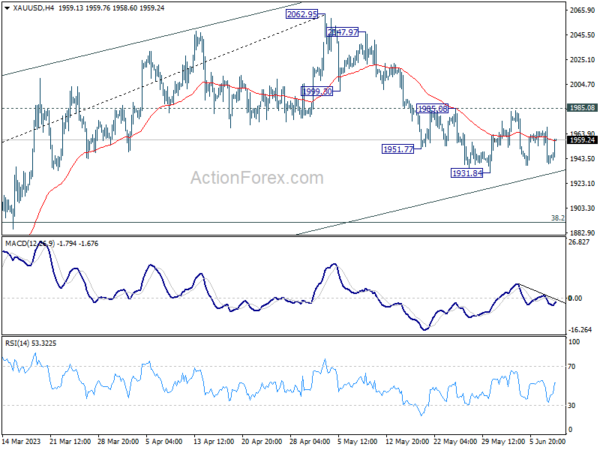
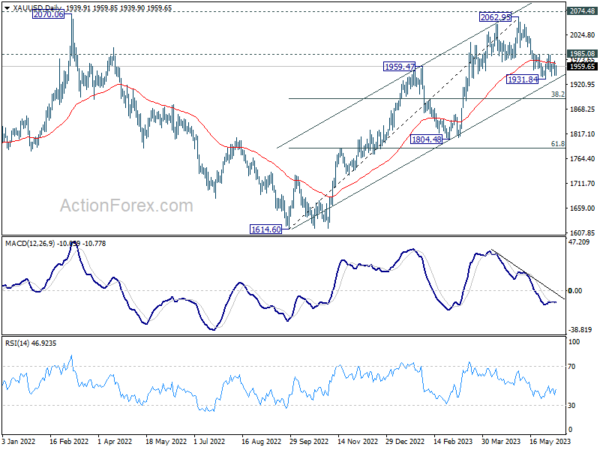
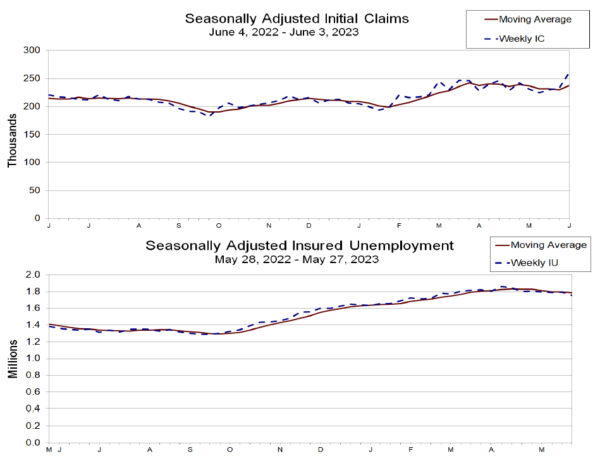
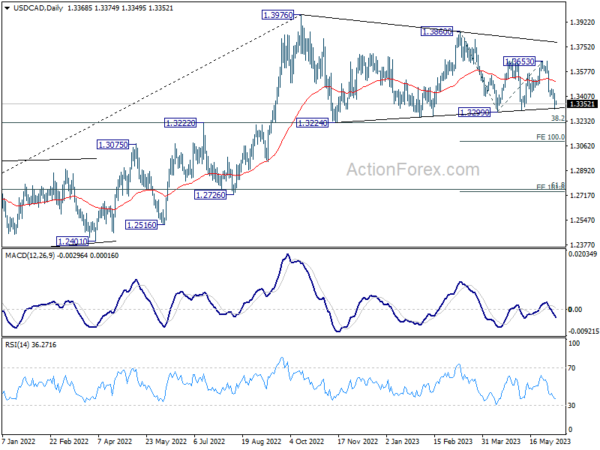
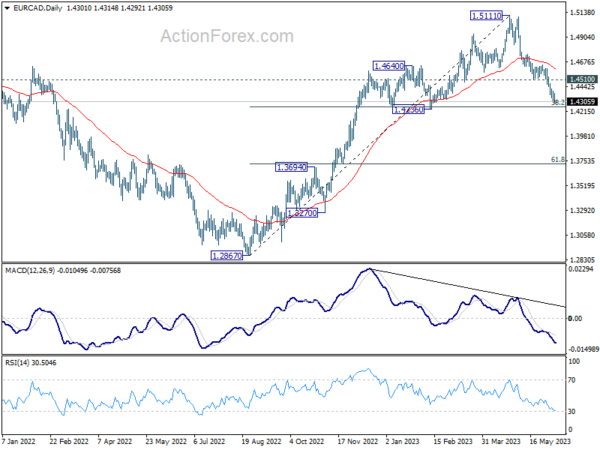
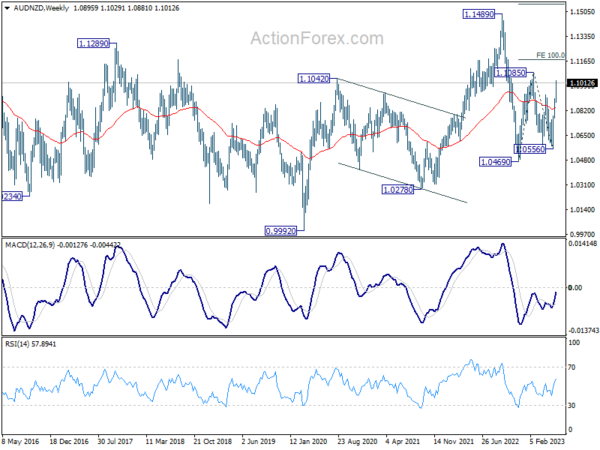
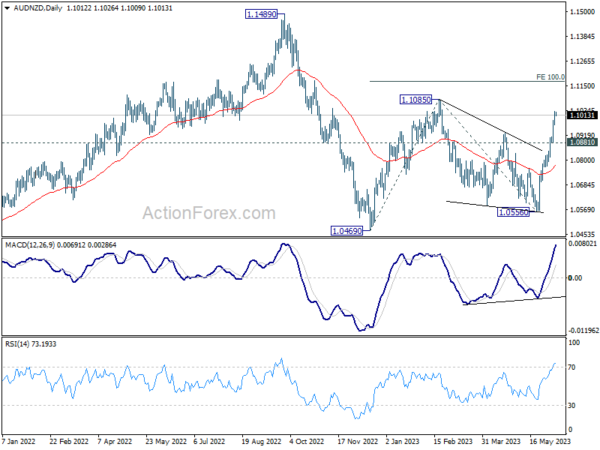
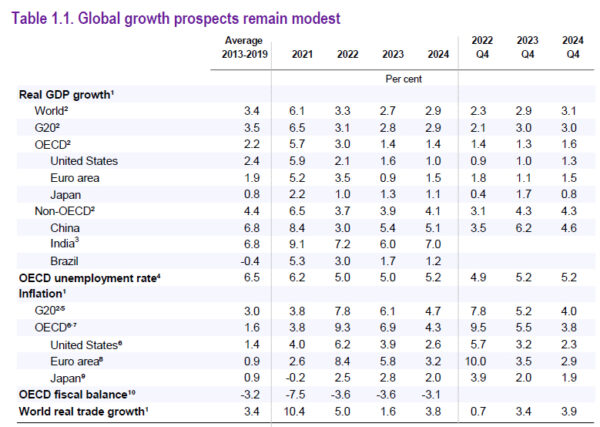
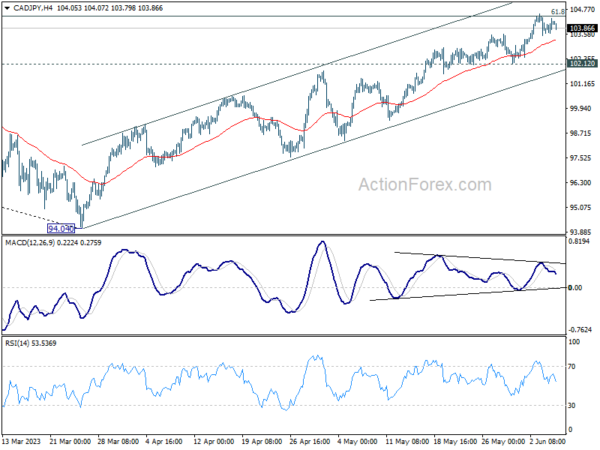

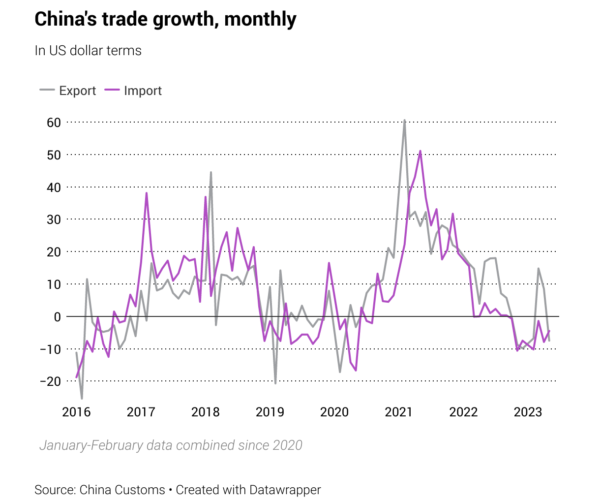
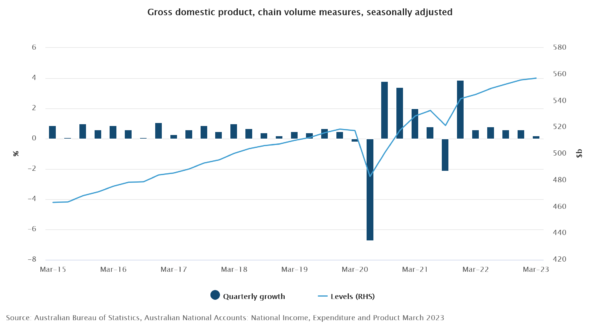
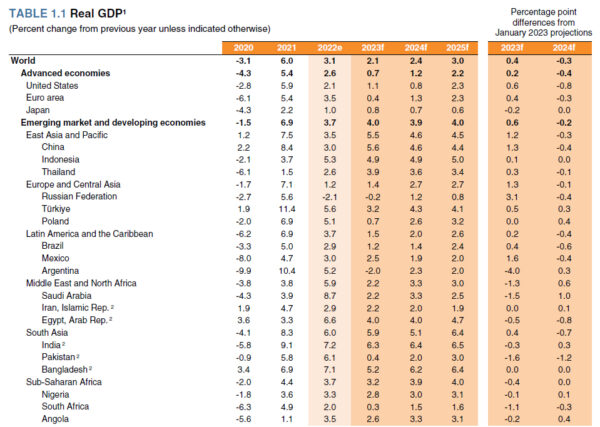
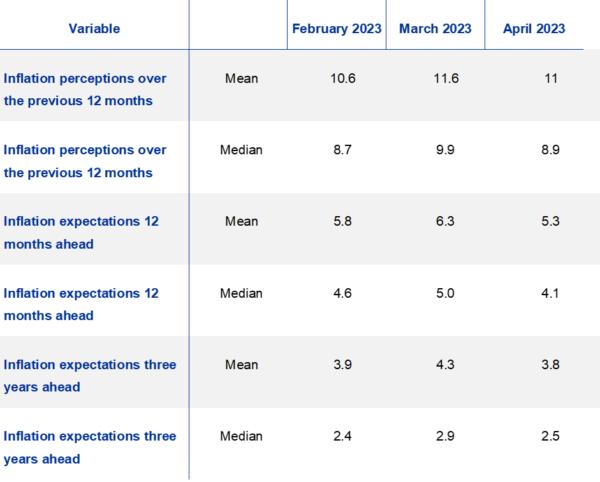
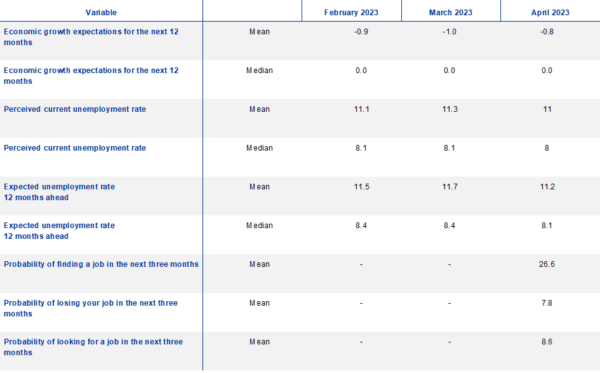
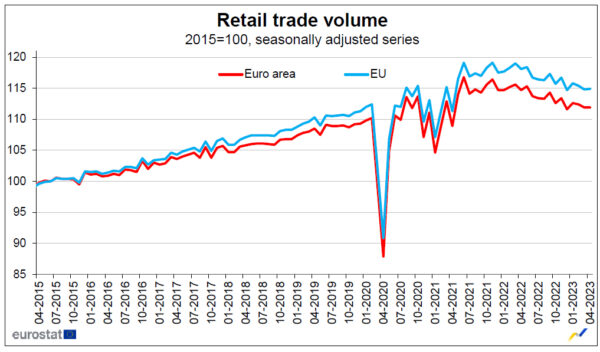
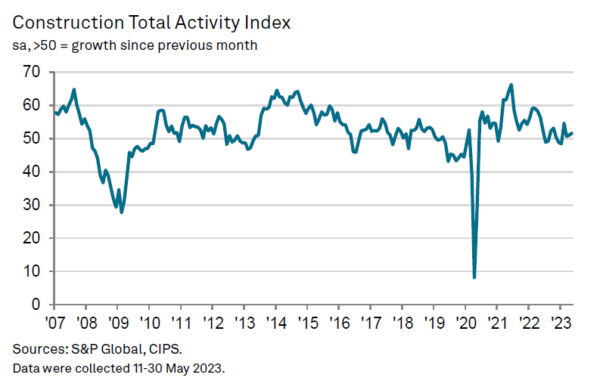
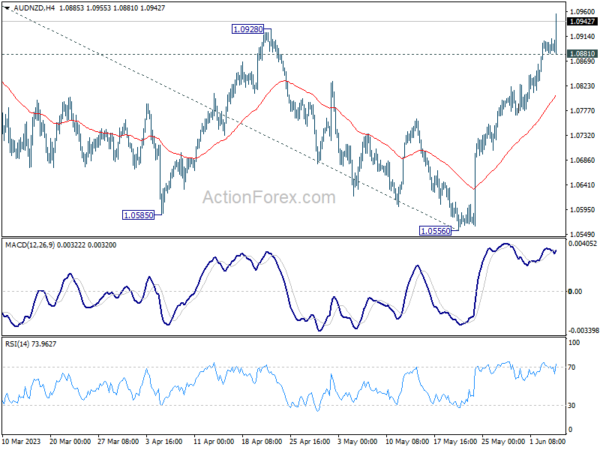
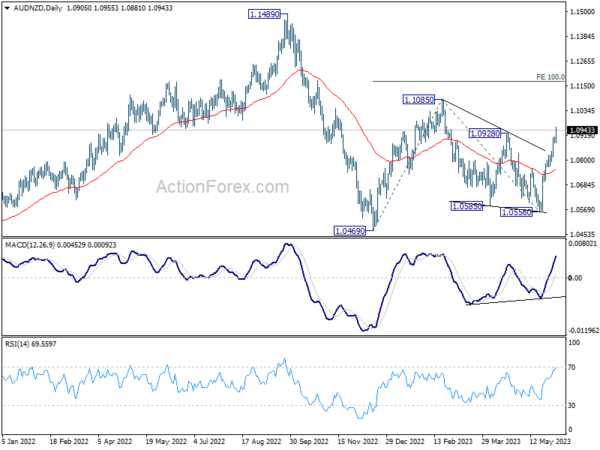

BoJ to persist with monetary easing amid inflation uncertainty, says Ueda
BoJ is committed to maintaining its monetary easing policy as it seeks to sustainably achieve its 2% inflation target, stated BOJ Governor Kazuo Ueda in a parliamentary address.
He acknowledged, “There’s still some distance to sustainably and stably achieve our 2% inflation target. As such, we will patiently maintain our monetary easing policy.”
Ueda explained that the central bank’s strategy is to initiate a positive cycle in which inflation-adjusted wages will start to rise.
However, he also indicated that BOJ anticipates core consumer inflation to dip below 2% target in the latter half of the fiscal year. Despite this projection, Ueda expressed that there remains a substantial degree of uncertainty surrounding the inflation outlook.
One key factor he highlighted is corporate price-setting behaviour, which he stated was “somewhat overshooting expectations.”